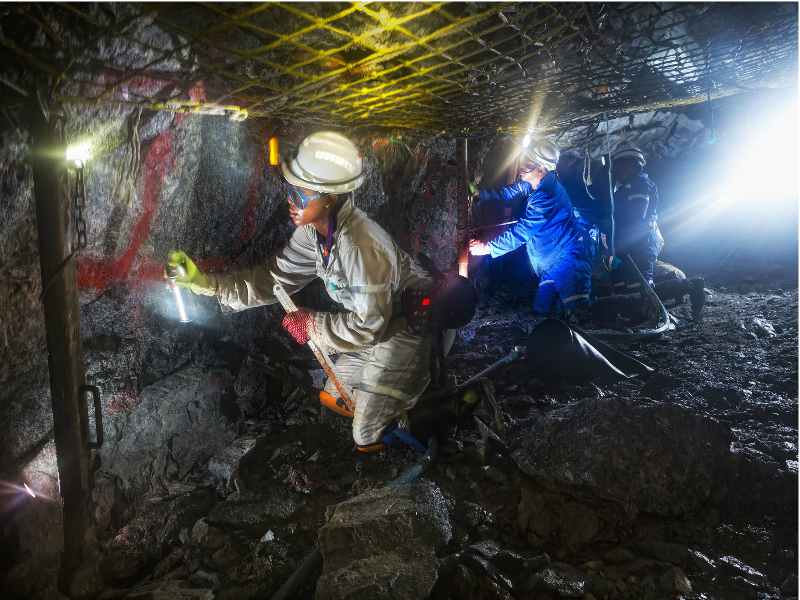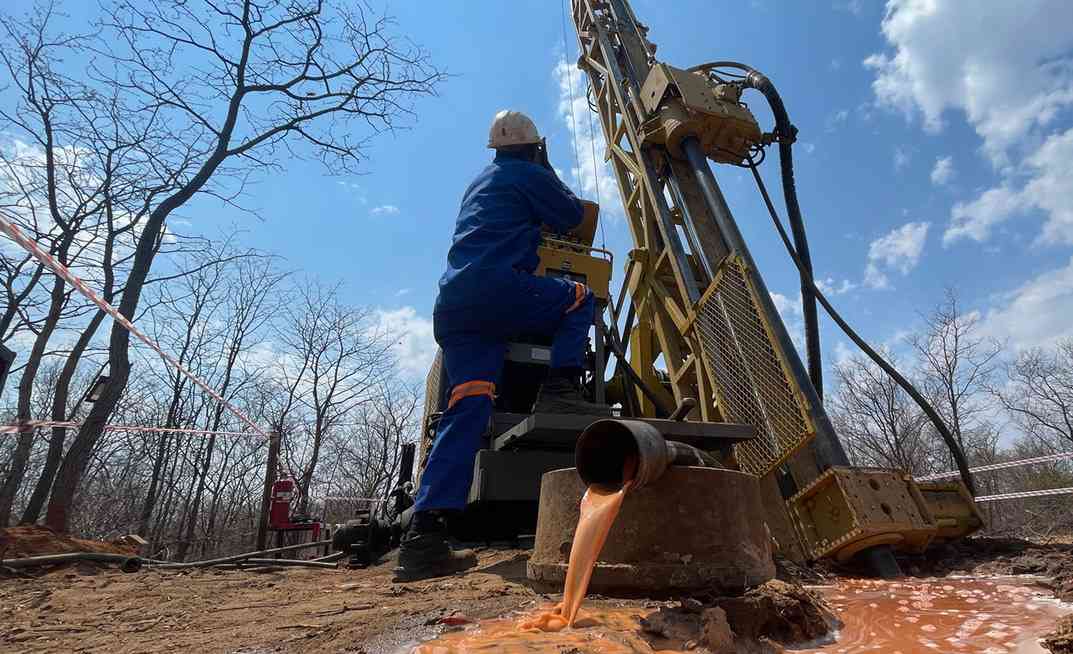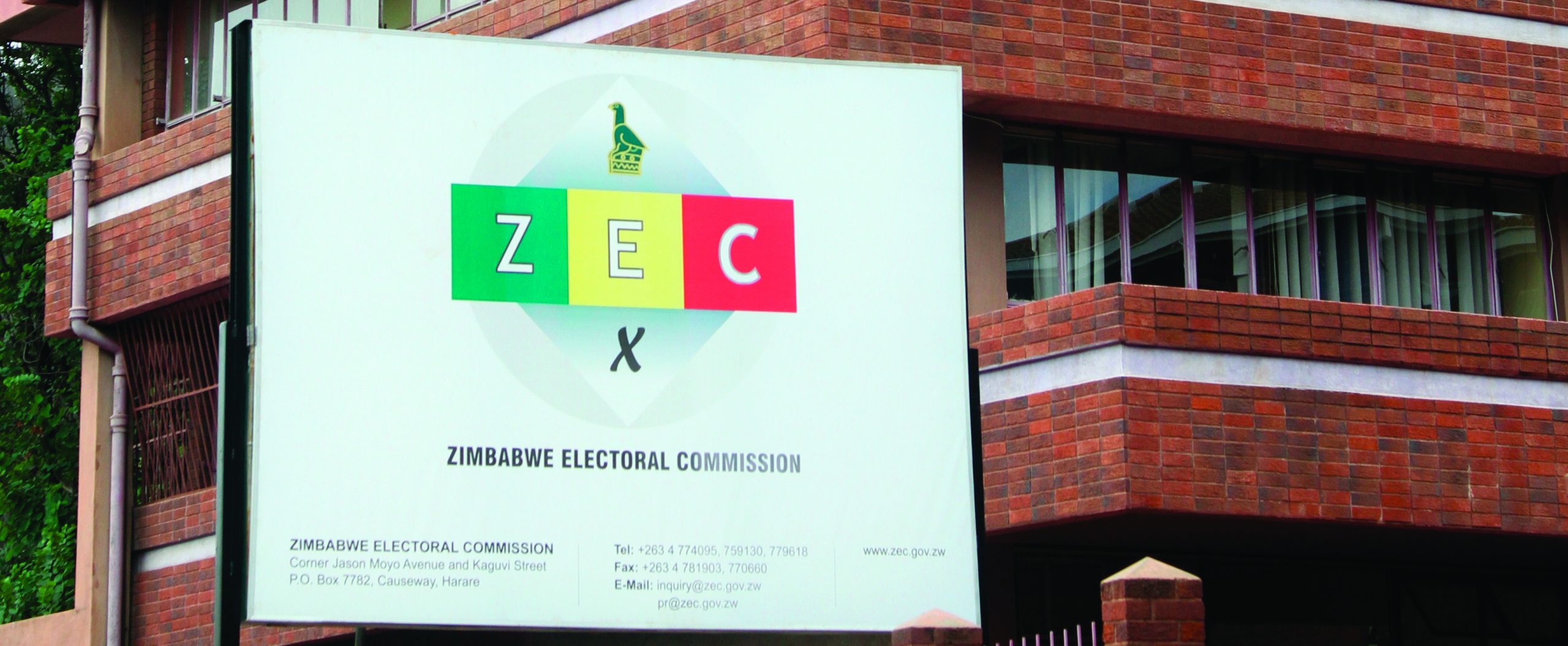
BY EVANS MATHANDA
Women are disproportionately affected globally by mining activities as they face an increased burden of household responsibilities and various abuses within the mining industry.
But in African countries, particularly Zimbabwe, the mining’s toxic culture is not a secret despite the fact that the world is lobbying for the inclusion of marginalised groups like women in critical economic activities.
A lot of questions arise over why women are leaving the mining industry and what mining companies can do about it?
Believe it or not, some years ago there were more women in the mining industry than today, maybe even up to 10 times as many!
Why? Well, as with all things, one can blame the patriarchal nature of the industry and our society.
Women comprise a paltry share of top executives in mining companies, holding just 11.1% of top management positions, according to an analysis by Global Market Intelligence.
In spite of divergence targets and other initiatives, women comprise just 14% and 10.3% of employees in broader executive roles and on company boards in the sector, respectively.
- Chamisa under fire over US$120K donation
- Mavhunga puts DeMbare into Chibuku quarterfinals
- Pension funds bet on Cabora Bassa oilfields
- Councils defy govt fire tender directive
Keep Reading
However, some local mining companies like Zimbaqua mine say they are taking various initiatives to address the gender gap.
The narrative that “women are less ambitious than men” seems to be difficult to sustain, and so the story goes, there are fewer women in mining sites.
But the truth is that lack of opportunities and exclusionary organisational cultures breed barriers to entry for women.
In 1842 the British Mines and Collieries Act was enacted, and it barred women (and children) from working underground, out of “genuine” concern for their safety and in fact made it a crime to even allow women and children to work there.
No doubt, mining is dangerous and women (and children) are known to be taken advantage of, that is being subjected to underpaid and are overworked and abused.
Mining also has one of the highest median gender pay gaps of any industry, an estimated 25% in the United Kingdom alone, according to the United Nations.
However, this is not precisely characteristic of all mine sites in Zimbabwe.
Due to pressure from organisations fighting for women’s rights, some mining companies have been doing better in terms of respecting the rights of women.
The International Labour Organisation surveyed member countries (most of whom had already banned underground and sometimes even surface work on mines) on what they thought of women in mining.
In South Africa, the Mines and Works Act of 1911 was basically copy and pasted into the Mines and Works Act of 1956.
Again, women were not allowed underground. The minister could even go as far as bar women from working at specific sites even above ground if he thought it was unsafe for them to do so.
Mining companies must value their female employees and dialogue about the issues facing women in mining and include men in these inclusion and diversity programmes.
Above all, showing support for artisanal and small-scale miners and introducing them to safer working conditions will go a long way in ensuring diversity.
Responsible social and environmental practices, and alternatives to livelihood programmes are crucial, especially when operations displace them.
Also, support legislation that would benefit women in mining.
The world is farther from equitable female representation at mining sites today than we were 200 years ago.
Although some have been given back the right to be underground, the issues women face are the same as the ones faced some years ago.
Research that was done by Kayler Tim in 2019 shows that most men think women are not capable of working at mining industries.
Therefore, it is important that this time around, lawmakers have to fix the environment before women just opt out of the industry altogether.
Recently, the Zimbabwe Environmental Law Association (Zela) called on stakeholders in the mining sector to create a conducive environment that promotes women’s participation in the extractive sector.
That has been a call by women’s groups like the Institute for Young Women’s Development.
Some women in mining believe the industry will one day improve the scope of their work, spur their growth, and increase their returns in general.
Despite perpetuated patriarchal ideologies, some women are attracted to mining as shown by the number of females enrolling for engineering studies at various learning institutions in Africa.
The opportunities for professional growth and advancement, and the competitive remuneration has attracted so many people.
- Evans Mathanda is a journalist and development practitioner who writes in his personal capacity. For feedback email: evanngoe@gmail.com or call 0719770038 and Twitter @EvansMathanda19










